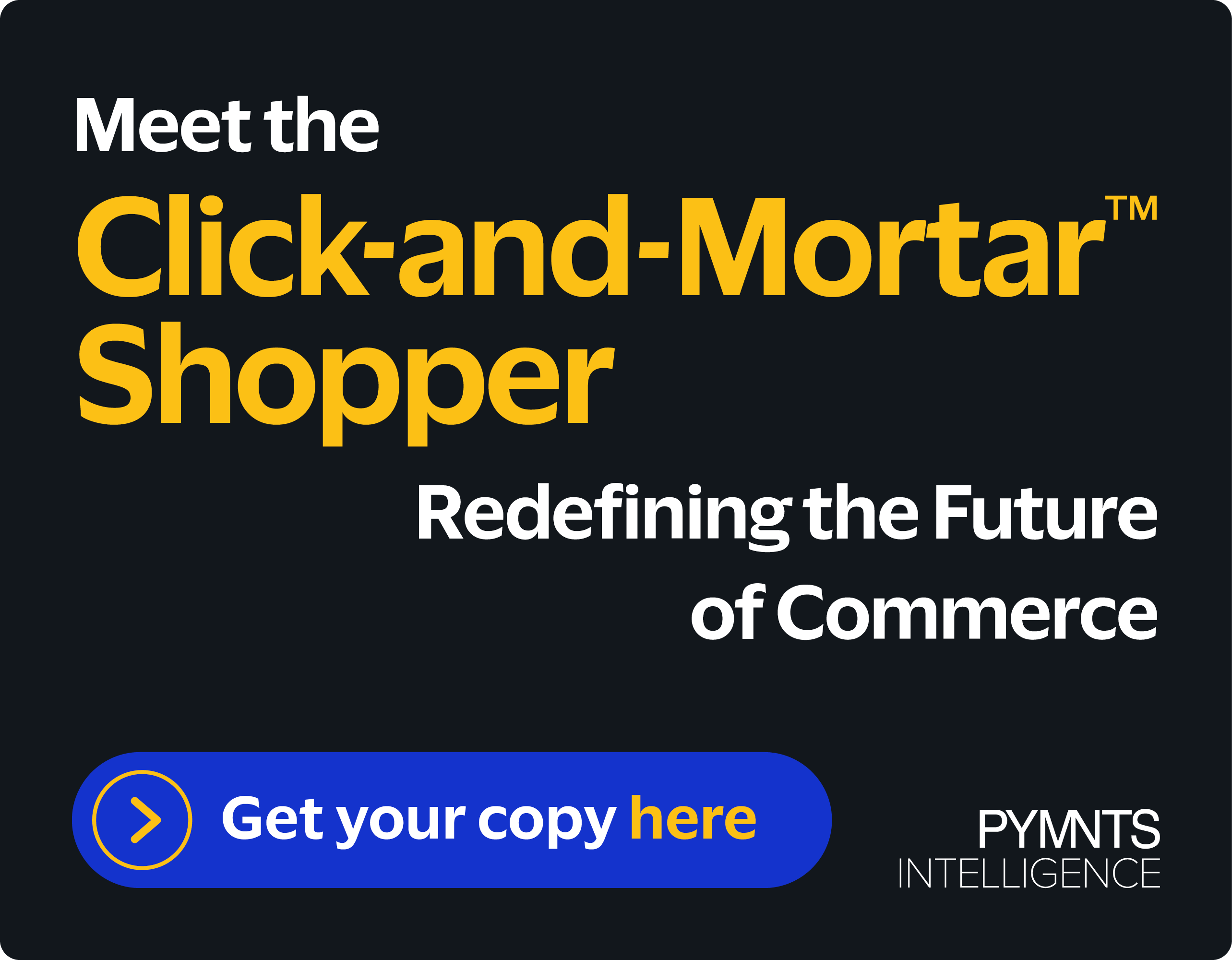Resisting The Temptation To ‘Rule’ In Small Biz Credit Decisions

Machine learning and artificial intelligence can help smooth business processes and eliminate reliance on paper-based and manual operations. Prashant Fuloria, COO at financial technology firm Fundbox, tells PYMNTS that when it comes to offering SMBs credit there are guiding principles about what data are most useful — and sometimes, models need models.
It’s no secret that technology, specifically machine learning and artificial intelligence, has the power to change how small businesses tackle any number of functions.
Especially when it comes to tapping credit markets to get the capital that is oxygen to funding operations, investing in plant and people and growing top lines.
It’s a sizable opportunity for lenders focused on smaller firms: The Consumer Financial Protection Bureau has estimated that the small business lending market is worth roughly $1.4 trillion.
But it’s also an underwriting model traditionally dominated by applications that are in turn funneled through a black box process.
Small business owners typically do not know what gets the thumbs-up or thumbs-down, and where their personal, non-business-related credit information — including FICO scores, for example — play a role.
Paper dominates in a world where business never sleeps, and where applicants can be left scrambling to locate and present years of tax returns and receipts, gumming up the time to approval, when in fact they need money sooner rather than later.
Ah, but in the shift toward quick onboarding, online applications and credit decisions rendered in minutes, data-driven models are only as good as the data that drive them.
In an interview with Karen Webster, Prashant Fuloria, COO at financial technology firm Fundbox, told PYMNTS that when it comes to offering credit there are guiding principles about what data sets are most useful, and these principles extend across all sorts of predictive models and use cases across consumer and corporate spectrums.
A company may, for example, be designing personal news or advertising feeds that appear on an individual-by-individual basis — and here the standard feeds of name, number, addresses and buying behavior all are relevant. Taken at a high-level view, the data points, of course, can span hundreds or thousands or hundreds of thousands of bits of information.
But in the case of a credit model, he said, and where Fundbox offers a process through which firms can apply in minutes and get a decision in under three minutes (measured by median times calculated by the company) the data pool can become relatively exponential in scope.
Visualizing the Data
He offered the analogy of a data table, with rows representing the roughly 100,000 customer roster on the left axis and the columns of data standing in for columns that can stretch seemingly infinitely across the right side of the table.
By linking into the applicant or customers’ QuickBooks, Fresh Books or bank accounts as Fundbox does — “literally every piece of data,” as Fuloria termed it — “there are … maybe even tens of thousands of signals on each and every business that comes to us and is looking for credit on our credit platform. It’s a pretty wide table.”
And, he explained, as Fundbox learns about its customers, it also learns about the firms with which those customers do business. Plotting that information across a proprietary “business graph” across transactions, payables, receivables and cash flow events means that Fundbox can fine tune the model so that it truly becomes predictive.
“Your creditworthiness in the sense of your cash flow volatility depends on those people around you,” said Fuloria of the learning algorithms that are tied to the company’s underwriting. “You are the company you keep.”
Real-time analysis of data means the company can scale up credit lines, or decrease credit limits, depending on the customer’s individual circumstances. In addition, the cost of underwriting is considerably lower with a data-driven online model, said the executive, who estimated that it can cost a bank $3,500 to underwrite a loan through traditional means, which for smaller loans, the type typically needed by smaller corporate borrowers, can be “economically unfeasible.”
The Data Vs. the Rules
He noted that with the data at hand (as recounted above), extending credit (or denying it) is a lesson of learning from opportunity, and sometimes of mistakes. For Fundbox and for other online lenders, he said, credit decisions can also be, at least initially, “very expensive,” he said. The lender who makes a poor risk decision can lose principal.
The stakes, he said, are much higher than they would be, say, in the world of consumer-focused internet advertising.
With the stakes so high, the temptation even for tech-nimble FinTechs is to use a rules-based approach, he said, and the temptation should be resisted.
Conventional wisdom may use debt as a percentage of revenue as a decisioning tool, or FICO scores. Rules-based credit approaches, he said, mean that underwriters “are not learning … you are constraining yourself, significantly … All the data that you use and all the models that you build will be biased.”
And, he added, given the fact that roughly 40 percent of small business owners have a less than pristine FICO score, lenders may be denying credit to owners sorely in need of it, or may be using the wrong data to inform their decisions.
For an optimal, adaptive, tech-driven lending model, then, the learning is in the doing, in the finding out what really can be predictive for corporate lending. As Fuloria told Webster about Fundbox, “We raised a fair amount in the early days of the company to invest in losses.”
But, he added, the fact that the loans Fundbox offers are of shorter duration — think $10,000 working capital loans to be used and paid back within the next quarter, rather than $1 million credit lines meant to get a business off the ground — means, “We are able to serve more customers and get more data,” which in turn means being able to serve more customers.
He said it also remains important to be able to explain to a corporate customer why they may have been rejected. “This is where you actually have to invest more in your models,” said Fuloria, “and be able to come up with human, readable explanations.”
“You have to build models to explain your models,” he said.
